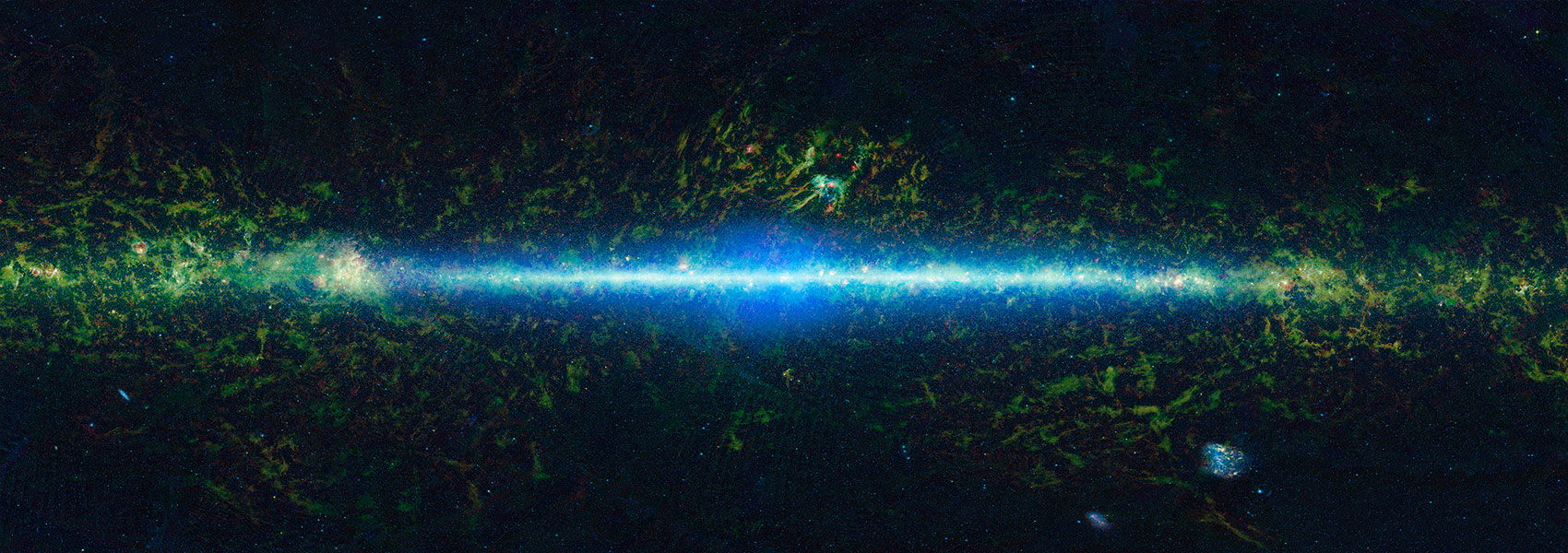February
2023
•
2023MNRAS.519..248A
Authors
•
Ailawadhi, B.
•
Dastidar, R.
•
Misra, K.
•
Roy, R.
•
Hiramatsu, D.
•
Howell, D. A.
•
Brink, T. G.
•
Zheng, W.
•
Galbany, L.
•
Shahbandeh, M.
•
Arcavi, I.
•
Ashall, C.
•
Bostroem, K. A.
•
Burke, J.
•
Chapman, T.
•
Dimple
•
Filippenko, A. V.
•
Gangopadhyay, A.
•
Ghosh, A.
•
Hoffman, A. M.
•
Hosseinzadeh, G.
•
Jennings, C.
•
Jha, V. K.
•
Kumar, A.
•
Karamehmetoglu, E.
•
McCully, C.
•
McGinness, E.
•
Müller-Bravo, T. E.
•
Murakami, Y. S.
•
Pandey, S. B.
•
Pellegrino, C.
•
Piscarreta, L.
•
Rho, J.
•
Stritzinger, M.
•
Sunseri, J.
•
Van Dyk, S. D.
•
Yadav, L.
Abstract
•
We present high-cadence photometric and spectroscopic observations of SN 2020jfo in ultraviolet and optical/near-infrared bands starting from ~3 to ~434 d after the explosion, including the earliest data with the 10.4-m GTC. SN 2020jfo is a hydrogen-rich Type II SN with a relatively short plateau duration (67.0 ± 0.6 d). When compared to other Type II supernovae (SNe) of similar or shorter plateau lengths, SN 2020jfo exhibits a fainter peak absolute V-band magnitude (MV = -16.90 ± 0.34 mag). SN 2020jfo shows significant Hα absorption in the plateau phase similar to that of typical SNe II. The emission line of stable [Ni II] λ7378, mostly seen in low-luminosity SNe II, is very prominent in the nebular-phase spectra of SN 2020jfo. Using the relative strengths of [Ni II] λ7378 and [Fe II] λ7155, we derive the Ni/Fe production (abundance) ratio of 0.08-0.10, which is ~1.5 times the solar value. The progenitor mass of SN 2020jfo from nebular-phase spectral modelling and semi-analytical modelling falls in the range of 12-15 M⊙. Furthermore, semi-analytical modelling suggests a massive H envelope in the progenitor of SN 2020jfo, which is unlikely for SNe II having short plateaus.
Links



